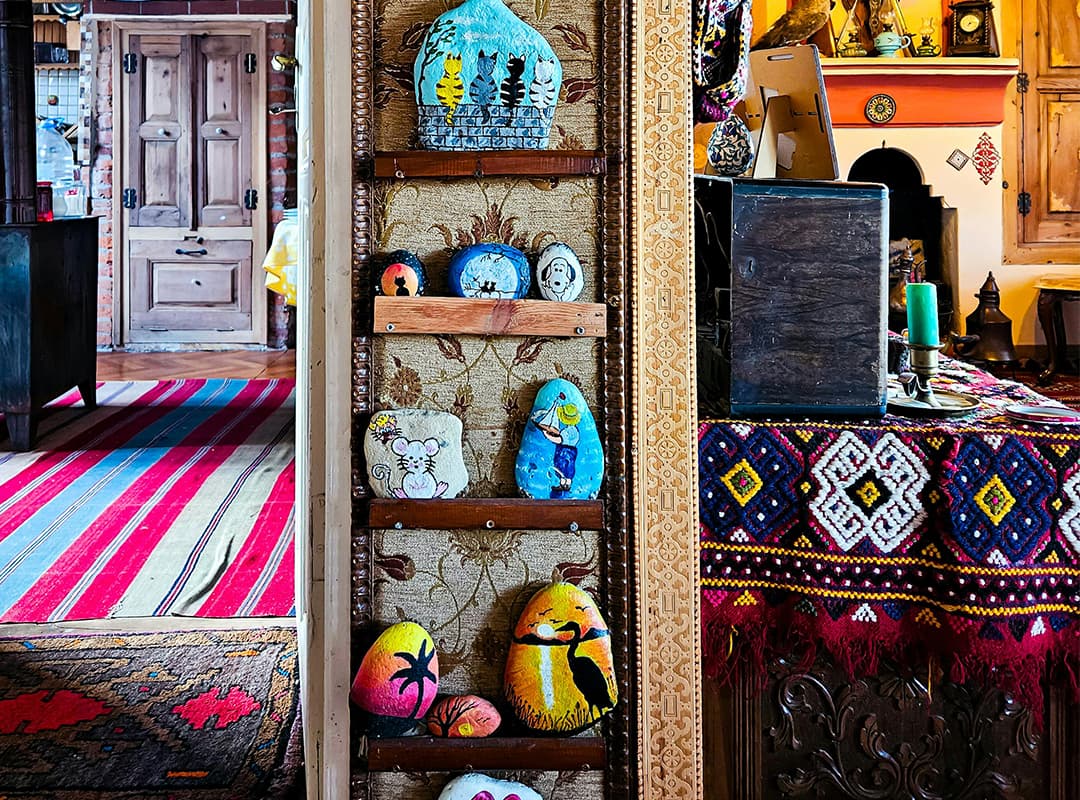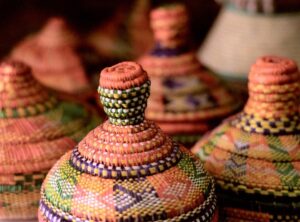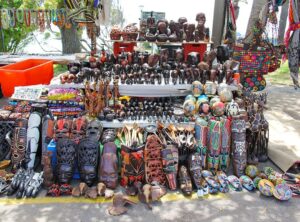Bright fabrics also came to us from the vast lands of Africa. The Dogon people of West Africa, for example, believed that the art of spinning and weaving was directly related to human reproduction and the idea of rebirth.
Each color symbolized a certain quality or attribute characteristic of their culture. Black and white kente cloths, for example, were worn, as a rule, during funerals, by the Ewe and Ashanti peoples.
Weaving was not forbidden to anyone: both men and women learned to weave from an early age. Artists dyed their fabrics with locally produced dyes that allowed them to obtain very beautiful shades of brown, yellow, red and indigo.
Although westernization has largely contributed to the decline of the art of weaving, it still holds a prominent place in African society. Many believe that it embodies the history of the continent, “written on fabric”.
Bright colors and abstract shapes define African art styles. And although there are still many unanswered questions in its history, the enormous diversity of its cultures and influences has become a worthy legacy in world art. I hope you will continue to explore this fascinating period of time on your own.


